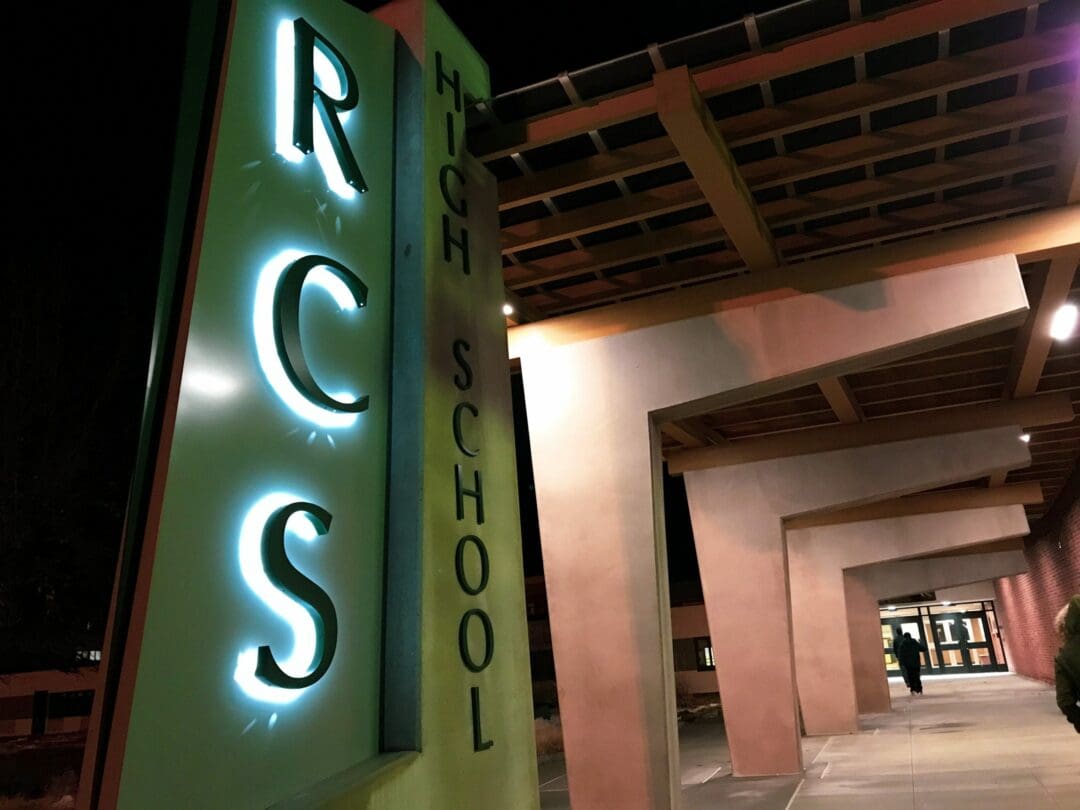RAVENA — Ravena Coeymans Selkirk’s music department earned top honors with the Best Communities for Music Education designation from The NAMM Foundation.
The school district announced receiving recognition — the four consecutive year the foundation has bestowed the honor to RCS — in an online statement Thursday, April 22. The award goes to school districts districts that demonstrate outstanding achievement in efforts to provide music access and education to all students.
“We are so proud to receive this distinction,” said K-12 Art and Music Curriculum Content Specialist and High School Choral Director, Michelle McLoughlin. “It truly represents the dedication of the entire RCS community to music education.”
To qualify for the Best Communities designation, the RCS District answered detailed questions about funding, graduation requirements, music class participation, instruction time, facilities, support for the music program and community music-making programs. Responses were verified with school officials and reviewed by The Music Research Institute at the University of Kansas.
“Included in the 2020-21 school year’s application process was a detailed look at how we have overcome the many obstacles presented by the pandemic safety restrictions to still provide quality music opportunities for our students,” McLoughlin said. “Being recognized for those efforts is a testament to our incredibly hard working music students and teachers, as well as everyone involved who helped us to keep music alive in our schools.”
Since the passage by Congress in 2015 of the Every Student Succeeds Act and a stated emphasis on a well-rounded education, many school districts have re-committed to music and arts education programs and found that in this time of a national pandemic, music and arts education provides a valuable way to keep students engaged in school.
ESSA provides designated funding for well-rounded educational opportunities through Title IV Part A Student Academic Success and Achievement grants. NAMM Foundation research has revealed that these grants are being widely used by school districts to address instructional gaps in access to music and arts education.



